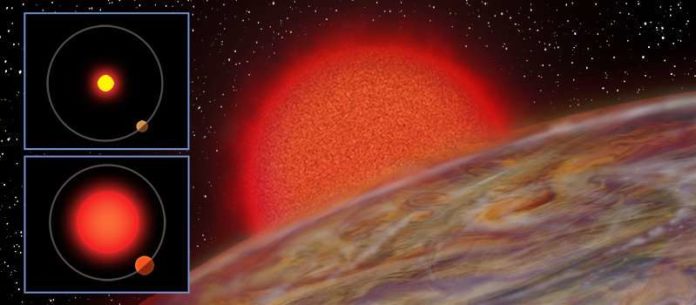How did the largest planets get to be so large?
Scientists at the University of Hawaii Institute for Astronomy have recently discovered twin planets that could help them to answer the question.
Gas giant planets are fundamentally made out of hydrogen and helium and are no less than 4 times the distance across of Earth. Such planets that circle scorchingly near their host stars are known as hot Jupiters. These planets have masses like Jupiter and Saturn, yet have a tendency to be considerably bigger – some are puffed up to sizes much bigger than the littlest stars.
The planets are more likely to emit and intake heat through their atmospheres.
A graduate student Samuel Grunblatt dm said, “However since we don’t have millions of years to see how a particular planetary system evolves, planet inflation theories have been difficult to prove or disprove.”
To solve the issue, scientists started searching through the data collected by NASA’s K2 Mission to hunt for hot Jupiters orbiting red giant stars.
According to a theory put by Eric Lopez of NASA’s Goddard Space Flight Center, hot Jupiters orbiting red giant stars should be highly inflated if direct energy input from the host star is the dominant process inflating planets.
Their search revealed twin planets, which are revolving around their host star with a period of approximately 9 days. These planets are about 30% larger than Jupiter.
Despite their larger sizes, they are only half as massive as Jupiter.
Scientists then calculated the planets’ efficiency at absorbing heat from the star and transferring it to their deep interiors. Doing so Will track the evolution of the planets and their stars over time.
The findings also show that these planets likely needed the increased radiation from the red giant star to inflate, but the amount of radiation absorbed was also lower than expected.
Grunblatt Solar System.”
“Studying how stellar evolution affects planets is a new frontier, both in other solar systems as well as our own. With a better idea of how planets respond to these changes, we can start to determine how the Sun’s evolution will affect the atmosphere, oceans, and life here on Earth.”
